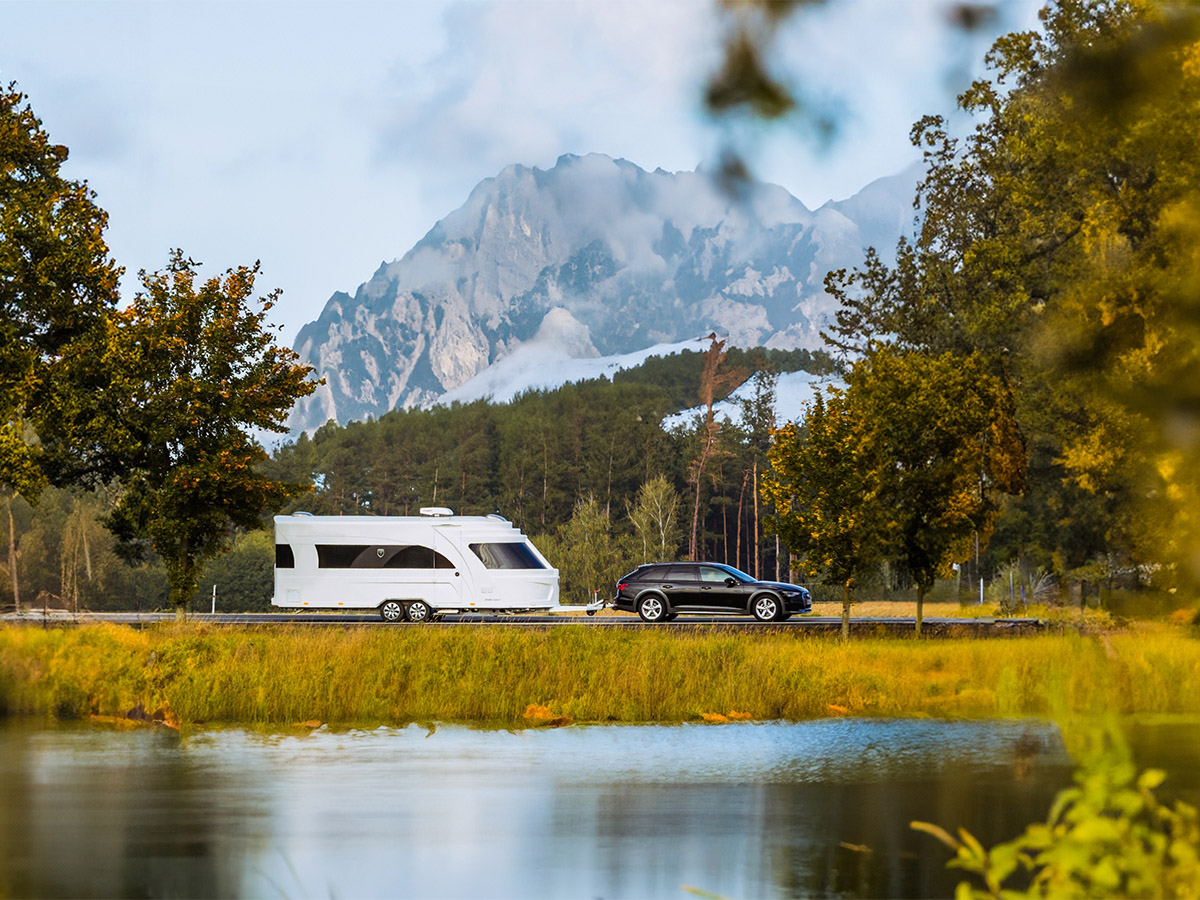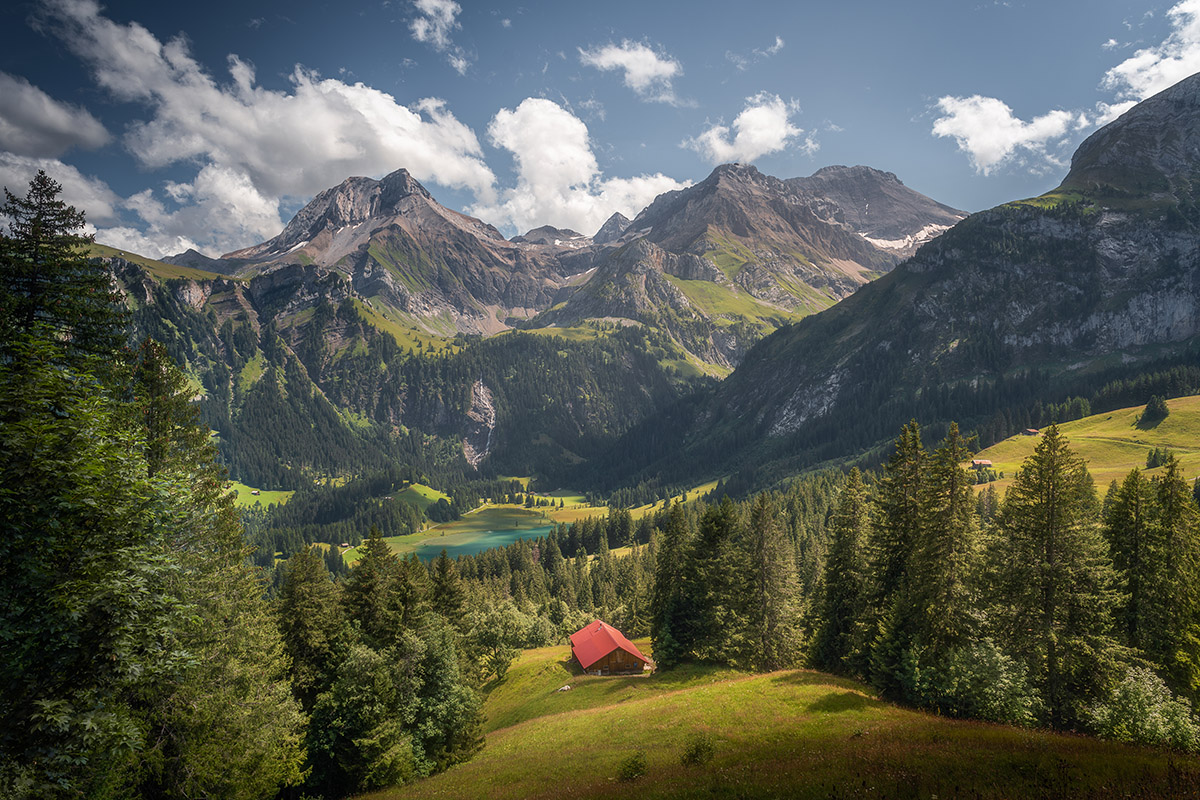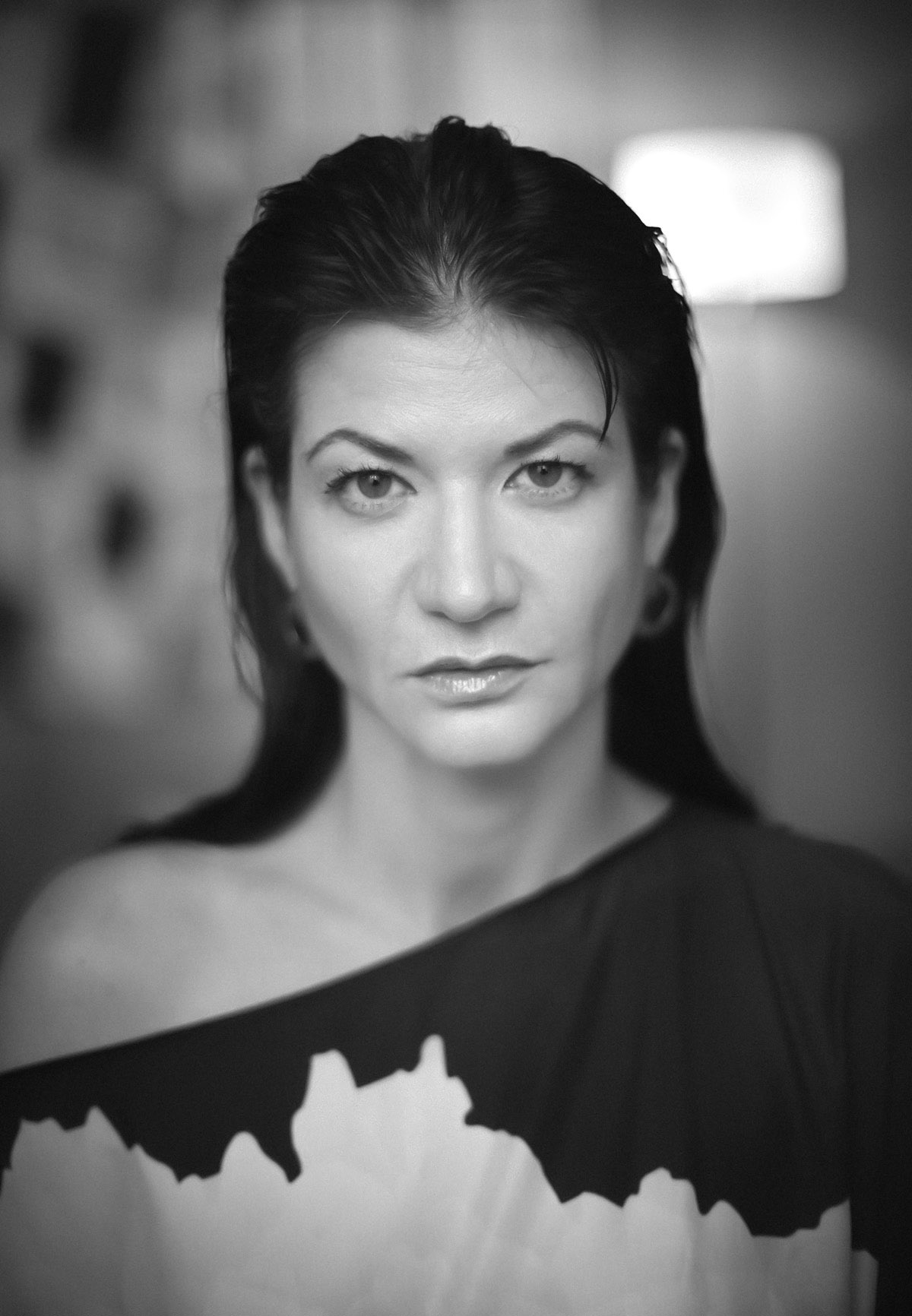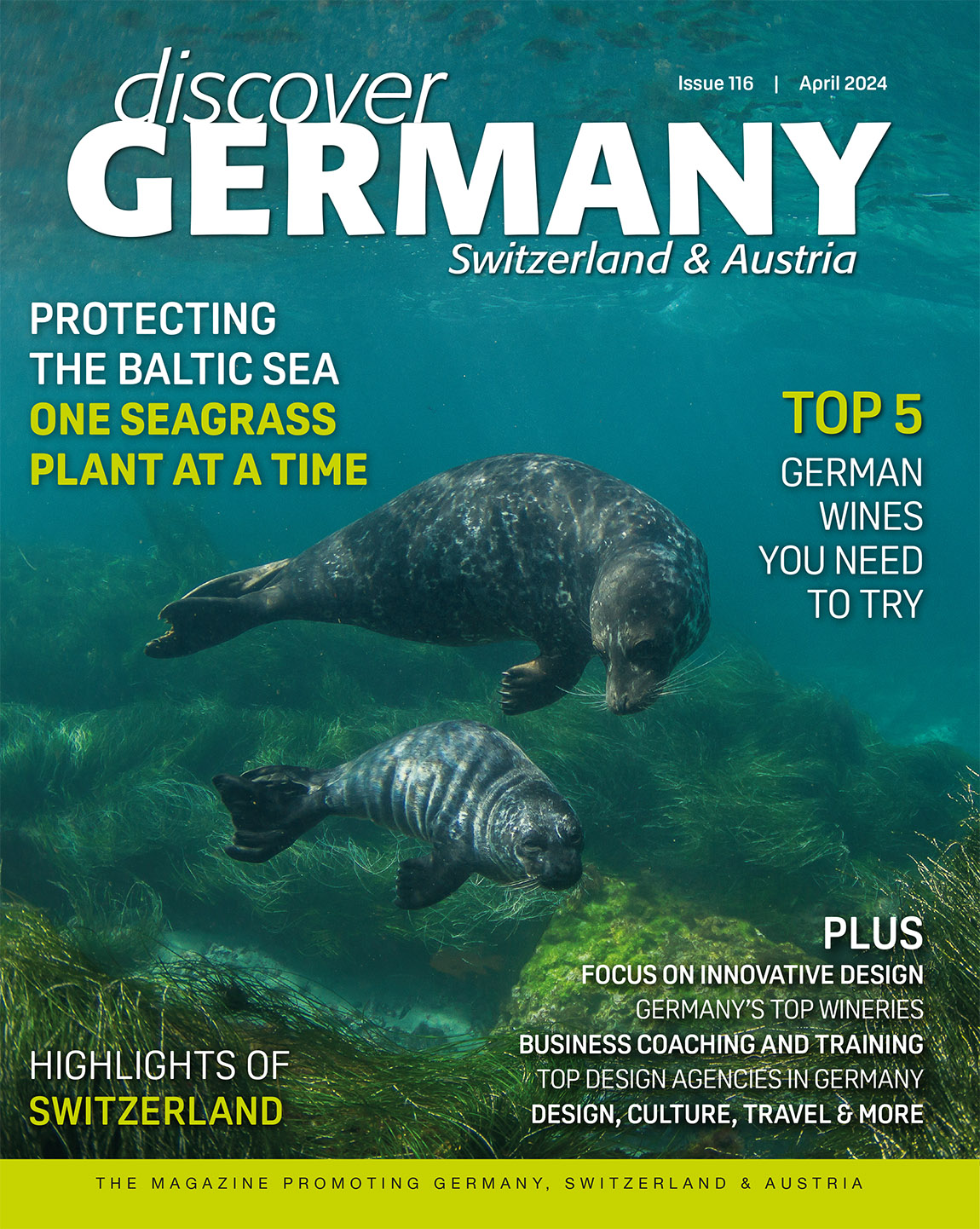LOOKING FORWARD TO GERMANY’S CHRISTMAS MARKETS
TEXT & PHOTOS: STUART FORSTER

Critics of Germany’s Christmas markets may harshly label them twee tourist traps that encourage unnecessary consumption. Yet most folk rate such views as utter humbug and are positively predisposed to the popular markets. Locals embrace Advent markets as a reason to socialise, while for people living beyond Germany’s borders they provide motivation to visit the country during winter.
The widespread reopening of the Christmas markets this year is a further sign of normality returning following cancellations to mass gatherings during the COVID-19 pandemic. Their blend of conviviality and tradition brings a welcome note of harmony to a year whose symphony has too frequently been discordant and flat.
“Everything opens again, including Christmas markets, and that’s a good thing,” comments Arne Hübner, editor of the touristik aktuell travel publication. “Normal life is returning and in the pre-Christmas period that includes a visit to an atmospheric Christmas market like the one in my hometown of Frankfurt. Instead of classic mulled wine, we drink hot apple wine here.”
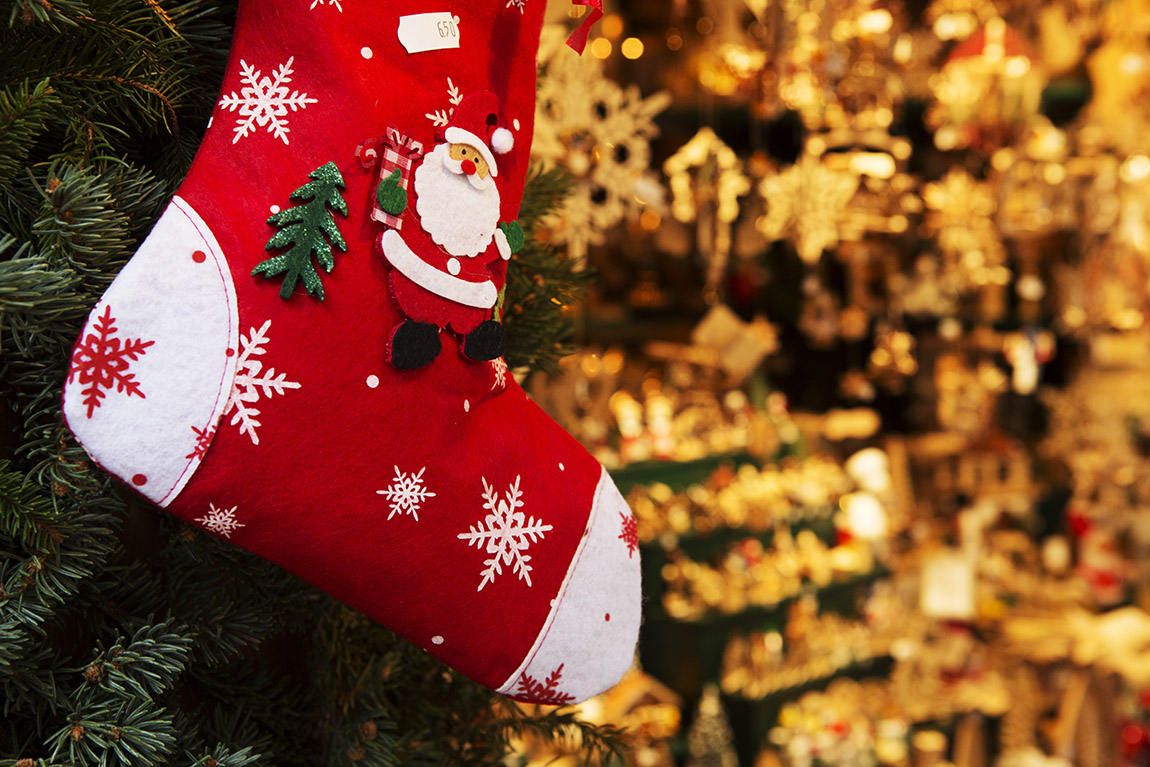
There’s no doubt that the markets have been missed. Over the past two winters, Munich residents Maik and Katharina Goldmann have invited friends onto their terrace and cranked out popular Christmas songs. Aromas of seasonal spice blends and plumes of steam wafted up from mugs of mulled wine while bratwursts and chestnuts sizzled over charcoal on chilly December evenings.
Sharing food, drink and friendly conversation have long been core elements of gatherings during the Advent season. Like so many of the Christmas markets held across Germany, the tradition in Munich has its origins in the Middle Ages. Dresden’s Striezelmarkt, held on the cobbles of the Altmarkt, is regarded as the world’s oldest Christmas market. That venerable market is now held over a month, but the inaugural Striezelmarkt, in 1434, had the duration of just one day.
The Goldmanns holidayed in Hawaii in December 2019. At the time, missing out on visiting Munich’s Christmas markets – Christkindlmärkte as they are known is Bavaria – seemed only a minor sacrifice. Like so many people, they did not predict it would be so long until they could again clink mugs filled with mulled wine on a major public square.
“We look forward again this year to the Christmas markets that will take place without any Covid restrictions. We have already made appointments with friends to visit the wonderful markets again and celebrate a normal Christmas,” says Maik.
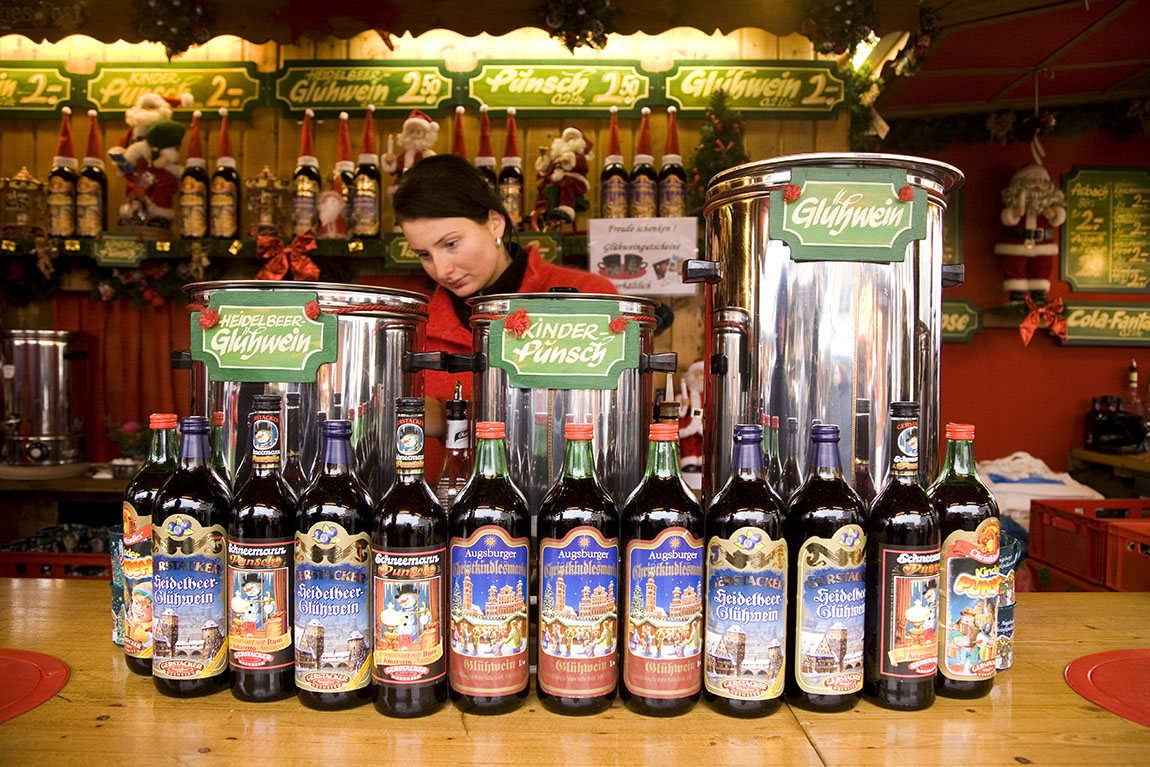
“In Munich, there is the Winter Tollwood, where besides the Christmas market there is also a lot of culture, like cabaret, theatre and live music. In addition, there are so many large and small Christmas markets in Munich, all of which are worth visiting,” he adds.
“Marienplatz, in front of the town hall, has a classic Christmas market with mulled wine stands, bratwurst huts and many other treats. There is a lot of art at the Münchner Freiheit Christmas Market, and Pink Christmas at Stephansplatz really is immersed in pink light and is popular, especially among the LQTBQ+ community,” continues Katharina.
“For children, a real highlight is the Christmas village in the Kaiserhof of the Residenz. Christmassy fairytales are offered to the children, along with sweets. There are also many delicious things for the adults, especially a mulled punch with eggnog,” she adds.
Revellers brave enough to sample something stronger might prefer a rum-laced Jägertee. A Feuerzangenbowle is another boozy option. Rum-soaked sugar melts into warm, spiced wine. Visitors to Munich will find them at Munich’s Isartor market.
Mark Woolley is a naturalised German who embraces his adopted nation’s traditions. “I enjoy how small Christmas markets spring up in every neighbourhood. Meeting up with friends for a warming Glühwein on a crisp and cold winter’s evening is always special, particularly after two years of missing out,” he says, before recommending the Christmas market on Fraueninsel im Chiemsee for its magical atmosphere and location on a lake.
Visiting such markets is a reason for German expats such as Manja Grosche to return homeward during Advent. “I think that every German that lives elsewhere misses them. You can’t just copy them abroad – either the weather simply doesn’t fit or important products are missing, such as the typical pyramids or tree decorations made from wood,” she says.
Beyond the traditional Christmas markets that most people associate with the festive season, you can find alternatives to visit. The timber-framed houses of Esslingen am Neckar, about 12 kilometres southeast of Stuttgart, are an ideal backdrop for the city’s medieval-style Christmas market. Stallholders don historic costumes and traditonal performance styles are visible amongst the entertainment. Meanwhile, at Spielbudenplatz in Hamburg, the Santa Pauli Christmas market has a cheeky undertone which plays on St Pauli’s reputation as a red-light district.
Whatever their colour, the lights of the nation’s Christmas markets have a warm and welcoming glow. And their return in 2022 has been much anticipated.
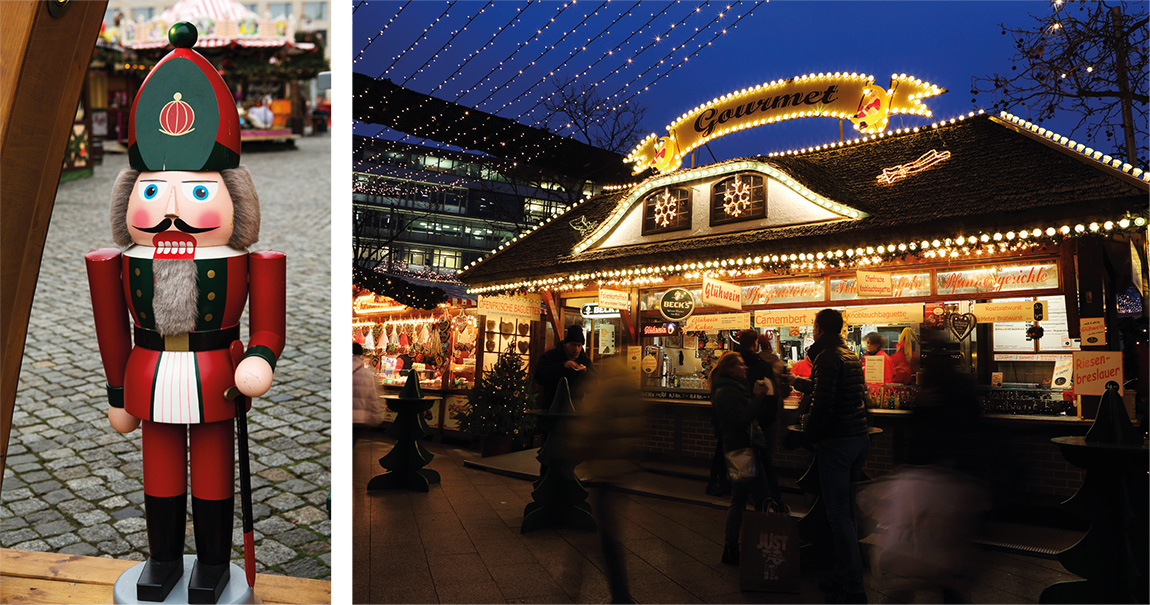
Subscribe to Our Newsletter
Receive our monthly newsletter by email
